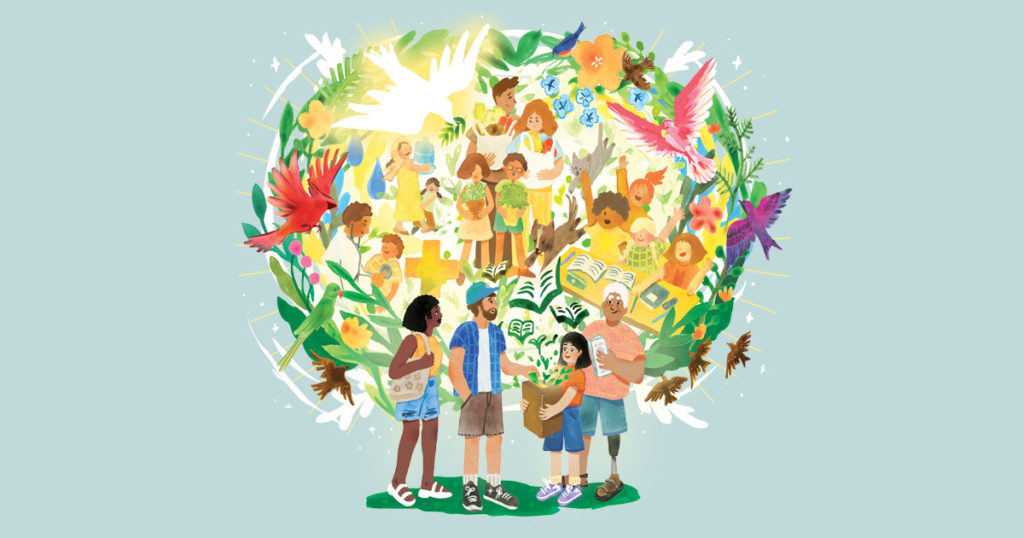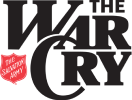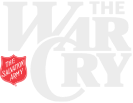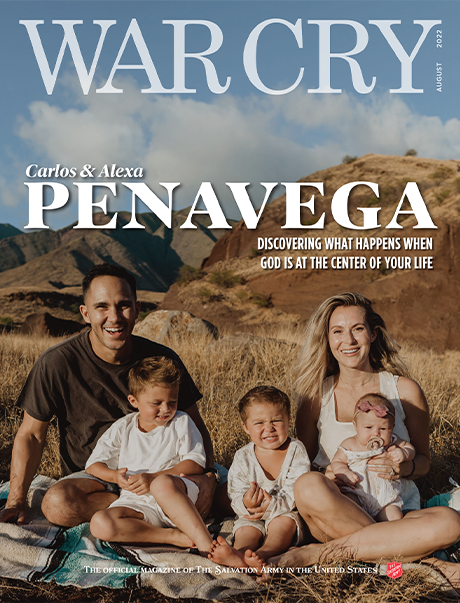Nurturing a Spirit of Generosity
"Regardless of how much you can give, setting priorities is key."
My wife, Mary Joy, and I have made giving back a cornerstone of our lives. We made this commitment early on. But weaving a spirit of generosity into the fabric of your life can happen at any stage.
As I reflect on our lives, I am humbled by this passage from Luke 21:1-4: “As Jesus looked up, he saw the rich putting their gifts into the temple treasury. He also saw a poor widow put in two very small copper coins. ‘Truly I tell you, this poor widow has put in more than all the others. All these people gave their gifts out of their wealth, but she out of her poverty put in all she had to live on” (NIV).
Mary Joy and I started dating when we were 15. We recently took a drive up to see what used to be Forest View trailer court, where we lived when we were first married in a small house trailer while studying at the University of Iowa. We happily lived there for three and a half years, and our two sons were born during that time. Now both the trailer and the court are long gone.
Back then we lived on $2,900 a year. Mary Joy and I kept a budget, and we still have that budget book. We review it once a year as a reminder. A big week of groceries back then cost us $26.02.
While attending the University of Iowa full-time, I worked 40 hours a week in a drafting job for Johnson County and I ran survey crews in the summer. At one point, I had around 30 people working for me and earned $1.50 an hour. We were so blessed because the county engineer asked me if I’d like to mow his lawn on the weekend. I said absolutely—so Mary Joy and I mowed the lawn every Saturday, and that was worth $5. With the extra money, we treated ourselves to eating loose meat sandwiches at a local restaurant. We were so blessed and still feel that way.
Both Mary Joy and I grew up with a belief in giving. Mary Joy’s great-grandfather was a missionary in India for 42 years, and I was blessed to have three pastors as uncles and one great-uncle who was a missionary in China. Their example reminds us of Acts 20:35: “In everything I did, I showed you that by this kind of hard work, we must help the weak, remembering the words the Lord Jesus himself said: ‘It is more blessed to give than to receive”‘ (NIV).
When we were young, we didn’t know what we couldn’t do — so we did it. In those early years, we tithed $250 of that $2,900 annually to our church, and we taught Sunday school each week. Mary Joy said that someday if we were ever fortunate enough, we would give back even more.
In my career, I’ve had the privilege to lead 10 great public companies and more than 400,000 people. That caused us to move around the world 23 times. With each of those moves and career advancements, Mary Joy said, “I think we can give more now.” And finally, she said, “I think we can give more than we make.” What a beautiful commitment, which reminds me of 2 Corinthians 9:7: “Each of you should give what you have decided in your heart to give, not reluctantly or under compulsion, for God loves a cheerful giver” (NIV).
Regardless of how much you can give, setting priorities is key. We wanted to focus on health and wellbeing, with specific emphasis on research and solutions for neurodegenerative disorders, mental health, obesity, as well as education and faith-based organizations like The Salvation Army. Focused support results in elevated impact.
We have a special relationship with The Salvation Army. My great-great-uncle W. T. Stead was one of founder Willaim Booth’s earliest supporters and an ardent supporter of human rights, and Mary Joy has served on the Western Territorial Advisory Board. The amazing work of The Salvation Army to meet human needs in the name of Jesus, without discrimination, is a lifelong passion for us.
One of our focus areas in health is childhood obesity. Through The Salvation Army and an organization called Healthy LifeStars, we support programs that address the number one health problem facing children today. One third of children and teens would be many more than 14.7 million in U.S. are overweight or obese and will be the first generation to face a shorter lifespan than their parents. Through the Salvation Army and Healthy LifeStars, we’ve helped more than 1.5 million young people around the world and are working to bend the curve of childhood obesity.
We also focus on neurodegenerative disorders, in part because my mother suffered from Alzheimer’s disease in the 1980s. Back then, most people didn’t even know what it was, and we had no help, so we dedicated our support to finding a cure. We founded the Banner Alzheimer’s Institute in Phoenix 18 years ago, and along with Dr. Eric Reiman, we set the goal of finding prevention for Alzheimer’s disease within 20 years so we don’t lose another generation. Dr. Reiman believes that in the next three years, we will have an approved prevention drug for 70% of Alzheimer’s patients.
We are also very committed to advancing research and services around mental health. Two of my 17 cousins died by suicide, so it is also an issue very personal to me. The cost of mental health issues is enormous to society. Mary Joy and I are very active in Fountain House, which has 1,200 locations globally to improve health, increase opportunity, and end social and economic isolation for people affected by mental illness. We also started an organization in Phoenix that we’re very proud of called Community 43, which is dedicated to helping people recovering from mental illness support their wellness, build healthy communities, and create purpose.
I’m now retired from leading public companies, but I am still driven by Luke 6:38, where Jesus says, “Give, and you will receive. Your gift will return to you in full.”
Today, our foundation has given more than $400 million to support nonprofit organizations, and we continue to do so. As an extension of that commitment, we have founded a new company, Stead Impact Ventures, to use venture capital to invest with responsibility and purpose in people and companies we believe will significantly improve health and wellness. Using a full tool kit of grants and investments, we believe we can help bend the curve of some of the biggest health and wellness challenges we face today.
During University of Iowa football games, you may have seen “the wave,” where everyone in Kinnick Stadium looks over to the Stead Family Children’s Hospital and waves in support of the children and families receiving treatment. This gesture of love is a wonderful symbol of giving back. Our good friend, Dr. Jean Robillard at the University of Iowa Health Care, had a dream for building that children’s hospital, and he came to us to turn that dream into reality. We are proud to be a part of it, and it reminds me regularly that generosity lifts us outside of ourselves, bringing us joy.
Illustration by Janie Hao







